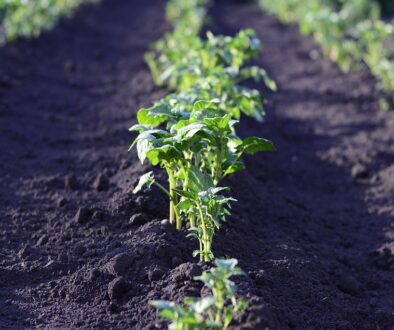Article by: Suzette Morshead
Flower Gardening 101: Tips and Tricks for Beautiful Blooms
Flower gardening is a delightful and rewarding hobby that brings color, fragrance, and life to your outdoor space. Whether you have a sprawling garden or a small balcony, growing beautiful blooms can be both therapeutic and enjoyable. In this article, we’ll explore essential tips, tricks, and items you’ll need to create and maintain a flourishing flower garden. Plus, I’ll share a personal story about my own journey with flower gardening.
Getting Started: Essential Items You’ll Need
Before diving into planting and nurturing, it’s important to gather some essential tools and supplies:
- Quality Soil – Good soil is the foundation of any thriving garden. Choose nutrient-rich, well-draining soil to support healthy plant growth.
- Seeds or Seedlings – Select flowers suited to your climate and garden conditions. Beginners might start with hardy, easy-to-grow varieties like marigolds, zinnias, or sunflowers.
- Gardening Gloves – Protect your hands from dirt, thorns, and bugs.
- Trowel and Hand Fork – These tools make digging, planting, and loosening soil easier.
- Watering Can or Hose with a Adjustable Spray Nozzle – Consistent watering is crucial, but avoid over-watering.
- Fertilizer – Use organic or synthetic fertilizer to provide essential nutrients.
- Mulch – Helps retain moisture, suppress weeds, and improve soil quality.
- Garden Markers – Keep track of what you planted and where.
Tips and Tricks for Beautiful Blooms
-
Choose the Right Plants for Your Zone
Know your USDA Hardiness Zone or local climate to pick flowers that will thrive in your area. -
Start With Healthy Soil
Test your soil’s pH and nutrients. Amend it with compost or organic matter for improved fertility. -
Plan Your Garden Layout
Consider sunlight exposure, spacing, and height of plants. Taller flowers can go towards the back of beds, with shorter ones in front. -
Water Wisely
Water early in the morning or late in the evening to reduce evaporation. Aim to keep soil moist but not soggy. -
Deadhead Regularly
Remove spent flowers to encourage new blooms and prevent plants from going to seed too soon. -
Protect From Pests Naturally
Use companion planting, neem oil, or insecticidal soap to keep pests under control without harsh chemicals. - Be Patient and Persistent
Gardening is a journey. Some plants may take time to bloom, and occasional setbacks like pests or weather will happen.
A Personal Story: My Journey to a Blooming Garden
When I first started flower gardening, I was excited but overwhelmed. My small backyard was a blank canvas, but I had little experience. I planted a variety of seeds, hoping for an explosion of colors. Weeks went by with little progress, and I almost gave up.
One day, an elderly neighbor noticed my struggle and offered advice. She showed me how to enrich my soil with compost and taught me the importance of patience. Following her tips, I started seeing tiny seedlings emerge. Each morning, I watered and nurtured my plants, learning from every sprout and bloom.
A few months later, my garden was bursting with marigolds, petunias, and daisies. The simple act of caring for those flowers became a source of joy and mindfulness. Gardening taught me that beauty often takes time and care — a lesson that extends beyond the garden.
Final Thoughts
Flower gardening is more than just planting seeds; it’s about creating a space of beauty and tranquility. With the right tools, knowledge, and a little patience, anyone can grow a garden full of vibrant blooms. Whether you’re a beginner or looking to refine your skills, remember to enjoy the process and celebrate every little bloom along the way.
Happy gardening!
Article by: Suzette Morshead


